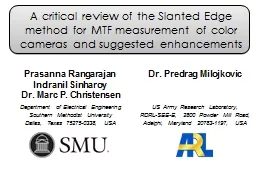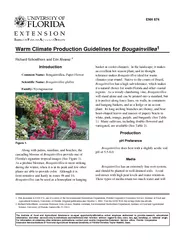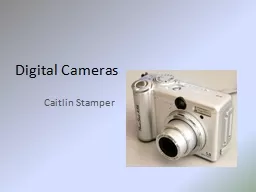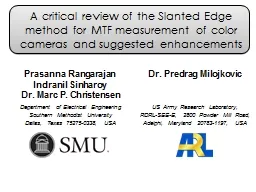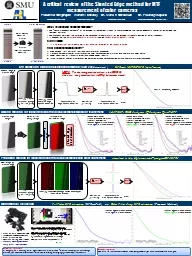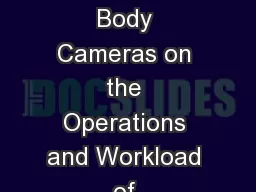PPT-A critical review of the Slanted Edge method for MTF measurement of color cameras and
Author : min-jolicoeur | Published Date : 2018-11-09
Prasanna Rangarajan Indranil Sinharoy Dr Marc P Christensen Dr Predrag Milojkovic Department of Electrical Engineering Southern Methodist University Dallas
Presentation Embed Code
Download Presentation
Download Presentation The PPT/PDF document "A critical review of the Slanted Edge me..." is the property of its rightful owner. Permission is granted to download and print the materials on this website for personal, non-commercial use only, and to display it on your personal computer provided you do not modify the materials and that you retain all copyright notices contained in the materials. By downloading content from our website, you accept the terms of this agreement.
A critical review of the Slanted Edge method for MTF measurement of color cameras and: Transcript
Download Rules Of Document
"A critical review of the Slanted Edge method for MTF measurement of color cameras and"The content belongs to its owner. You may download and print it for personal use, without modification, and keep all copyright notices. By downloading, you agree to these terms.
Related Documents

